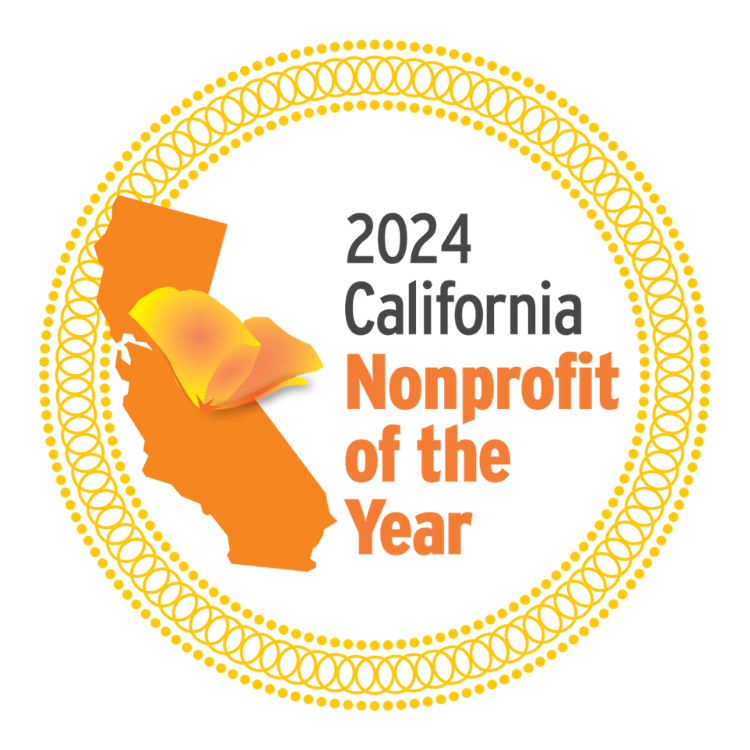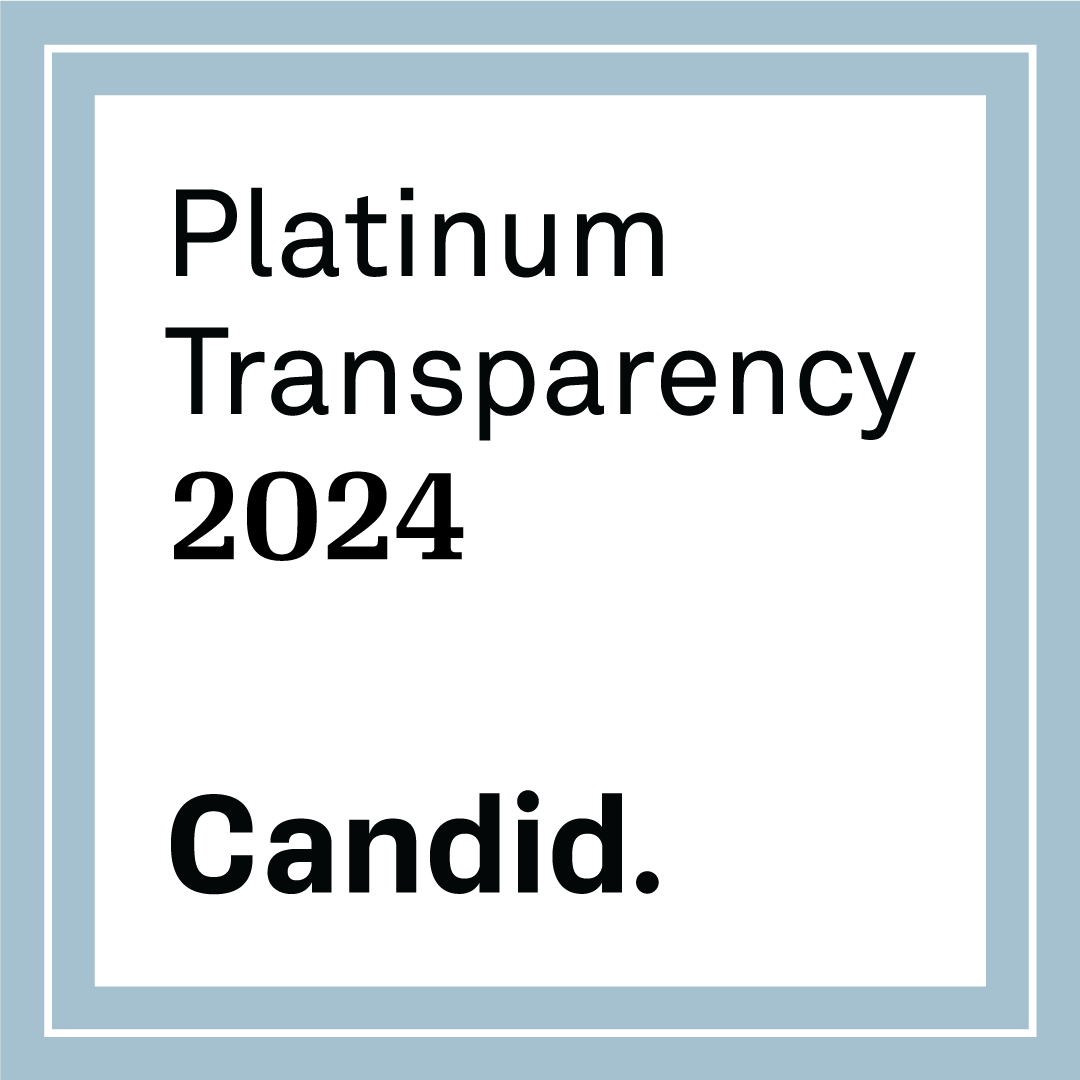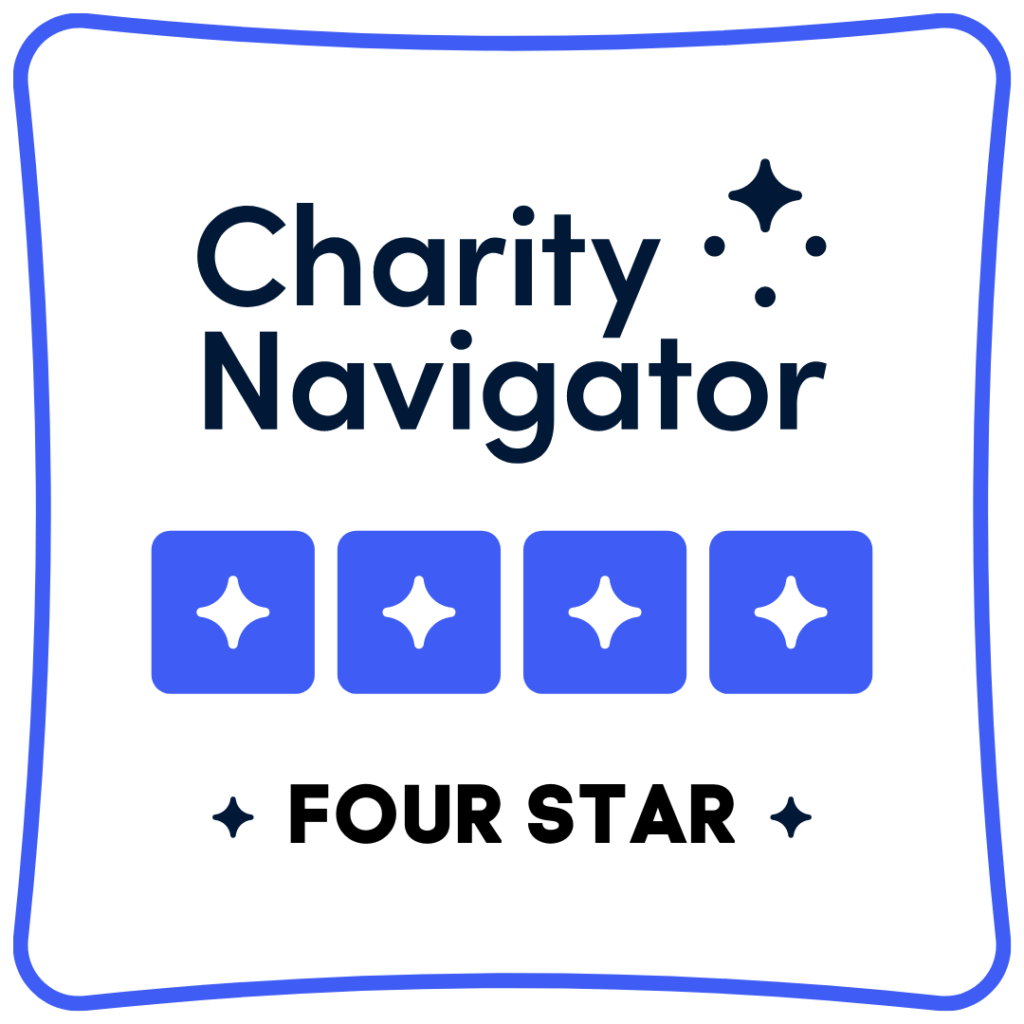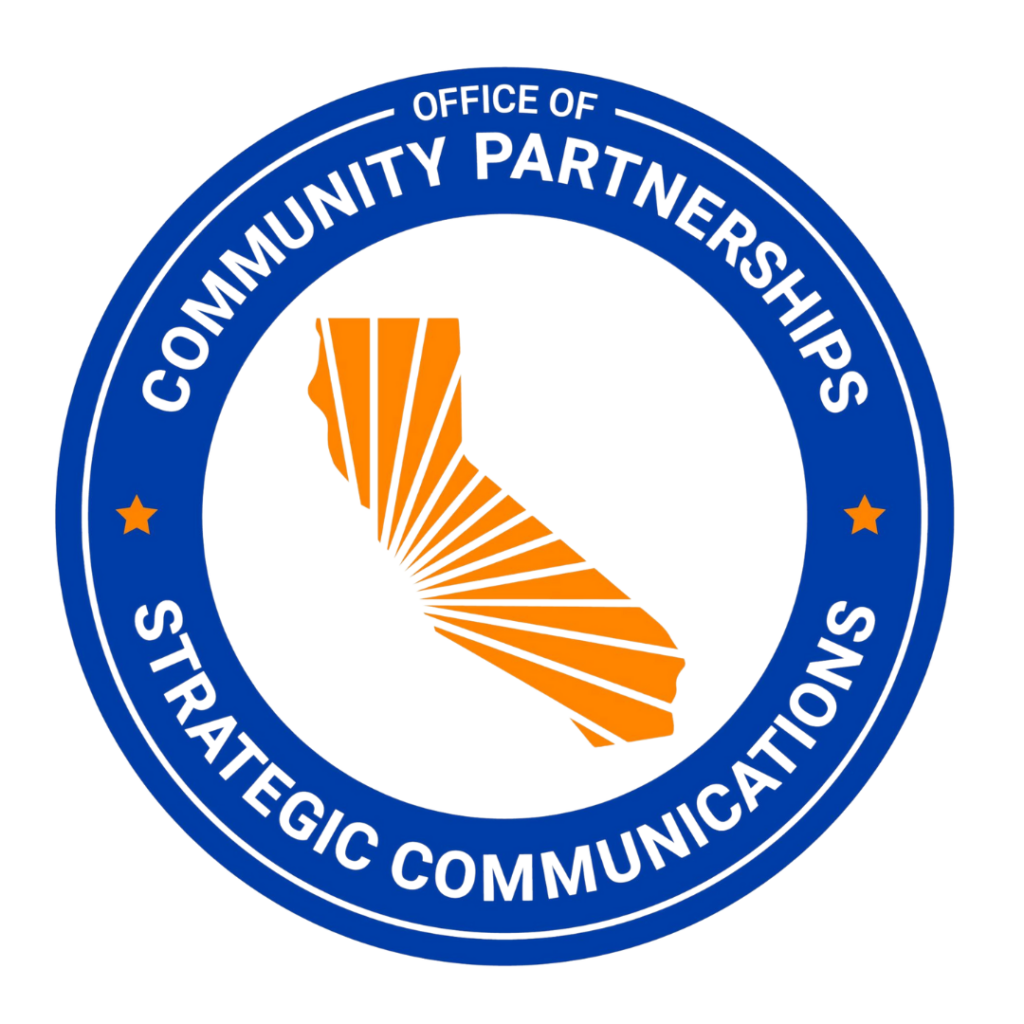As we wrap up our 23rd year of protecting swimmable, fishable, drinkable water, we’d like to reflect on some of our favorite moments from 2022. Our victories would not be possible without the support of our Orange County community. If you enjoy the work we do, please consider supporting us by donating online.
Defeated the Poseidon Huntington Beach Desalination Project
After over two decades of hard work, we emerged victorious with a unanimous Coastal Commission decision to deny the Poseidon desalination project’s development permit. The Stop Poseidon coalition, of which we were a leading member, delivered 12,500 petition signatures alongside a 150+ page report to the Commissioners. If constructed, the plant would have used 70-year-old technology and a $2 billion public subsidy to offer Orange County residents water at 4x the current average rate.
Won a Clean Water Act Jury Trial Against Corona Clay Company
We won on all claims against Corona Clay Company for its discharge of pollutants into Temescal Creek, which flows into the Santa Ana River. The jury found the defendant liable for thousands of days of violations after an intense eight-day trial at the Central District Court of California. In early 2023, we expect a ruling from the judge ordering Corona Clay Company to fix its facility’s pollutant discharges and pay civil penalties for its years of non-compliance.
Hosted an All-Day Workshop to Address Offshore Rig Decommissioning
The “Retiring Offshore Rigs” workshop was a hybrid in-person and virtual event about the complex platform decommissioning process and varied perspectives on paths forward. Panelists included marine biology professors, elected officials, decommissioning consultants, oversight agency representatives, oil industry executives, Indigenous leaders, and environmental advocates. Feedback from the panelists and audience members has been overwhelmingly positive, and the recordings remain available on our website.
Removed 1.25 Tons of Trash from a Costa Mesa Channel in One Day
A group of 78 volunteers led by Senator Dave Min and Assemblymember Cottie Petrie-Norris removed 1.25 tons of trash from the Santa Ana-Delhi channel. If not cleared out, this trash would’ve fed into Upper Newport Bay, one of California’s few remaining estuaries. This is the most trash picked up at a single event since we started our cleanup program in 2010.
Participated in a First-of-its-kind PFAS Surface Water Study
Earlier this year, we joined Waterkeeper Alliance in a nationwide PFAS study. In a test of 114 waterways across the country, 83% were polluted with at least one type of PFAS. PFAS (per- and polyfluoroalkyl substances) have been linked to several adverse health effects, including kidney and liver disease, asthma, and kidney and testicular cancer. Orange County’s San Diego Creek, which leads into Upper Newport Bay, contained the highest levels of PFAS concentrations of all the sample sites on the West Coast. We’ve communicated these findings to local water board staff and journalists to emphasize the importance of the PFAS pollution emergency.
Celebrated Kids Ocean Day and Coastal Cleanup Day Events in Person
After years of reduced scale due to pandemic restrictions and dangers, Kids Ocean Day and Coastal Cleanup Day returned as in-person events in 2022. These are two of our biggest annual events of the year. On May 31, 552 students removed 115 pounds of trash from Huntington State Beach in honor of Kids Ocean Day, a statewide celebration to protect the world’s oceans. On September 17, over 5,000 volunteers removed 26,000 pounds of trash from Orange County parks, beaches, and creeks as a part of Coastal Cleanup Day, an international day of action to clean up marine debris.
Successfully Advocated for a Copper Total Maximum Daily Load for Newport Bay
Since the early 2000s, we’ve researched and pushed for a reduction in copper levels in Newport Bay. Boat owners use paints infused with copper to reduce the fouling of barnacles and algae on boat bottoms. Numerous studies have confirmed boat bottom paint is harmful to the environment, and local studies identify boat bottom paint as the primary source of copper in Newport Bay. After years of delays caused by those in opposition, this December, the Santa Ana Regional Water Quality Control Board voted to adopt a total maximum daily load (TMDL) for copper. The TMDL now awaits approval from the California State Water Resources Control Board.
Partnered with the Vans U.S. Open of Surfing to Raise Awareness About Offshore Oil Platforms and Decommissioning Possibilities
Beginning with the tragic Amplify oil spill of 2021, Vans has supported our pursuit of responsibly decommissioning California’s offshore oil and gas infrastructure. In addition to funding our research and advocacy response to the oil spill, Vans invited us to host an educational beach tent at the Vans U.S. Open of Surfing in Huntington Beach. For nine days straight, our staff used virtual reality headsets to show thousands of beachgoers the thriving habitat underneath offshore platforms. In addition, our team provided a factual overview and timeline of the 2021 oil spill to combat the plethora of misinformation surrounding the event.
Guided Students Across All Ages on 38 Impactful Field Trips
Our team of educators led elementary, middle, and high school students on 38 field trips throughout the year. As a part of our WHALES program (Watershed Heroes – Actions Linking Education to Stewardship), middle and high school students explore watershed and ecological concepts in their community through field activities such as hikes, water quality testing, treatment plant tours, tidepool explorations, and habitat restoration. Elementary school students in our Kids Care program learn about the dangers of marine debris, then take the problem into their own hands by participating in a beach cleanup.
Strengthened Our Coastal Monitoring Efforts
As a part of our research pillar, we conduct human activity surveys along the coast in three distinct programs: Marine Protected Area Watch (MPA Watch), Santa Ana River Mouth Monitoring Project (SARMMP), and Aliso Creek Berm Buddies (ACBB). This data helps guide land management decisions and demonstrates how humans and wildlife utilize our coastal areas. MPA Watch, the largest of these programs, completed 828 surveys at 30 sites along the coast. SARMMP completed over 700 surveys and 21 outreach events at the Santa Ana River Mouth, located between Huntington and Newport Beach. Lastly, ACBB conducted 66 surveys documenting human activities at the Aliso Berm, the outlet for the entire Aliso Creek watershed.
Directed $45,000 to Address the Brown Pelican Mass Stranding Event in May
In May, wildlife rehabilitation centers along the California coast were blindsided by a Brown Pelican mass stranding event. Hundreds of birds were found in starved and injured conditions, leading experts to believe a food supply shortage caused the incident. Wetlands and Wildlife Care Center in Huntington Beach rehabilitated dozens of stranded pelicans for weeks, some coming from as far as 25 miles inland. The center’s rehabilitation costs quickly skyrocketed. We supported their organization by directing $45,000 from a supplemental environmental project penalty from a recent Coastkeeper Clean Water Act violation settlement. We have directed approximately $3 million in SEP penalty funds to other NGOs over the years with our clean water enforcement program.
Improved Water Quality in Long Beach Through Native Oyster Restoration
With our guidance, Long Beach Yacht Club members hung strings of dried oyster shells off their docks in Alamitos Bay to attract Olympia oyster larvae to settle on the empty shells. After four months, Cal State Fullerton and Long Beach marine biologists inspected each string and transferred the successfully restored oysters to an underwater restoration site nearby. When joined by native eelgrass, Olympia oysters have the power to improve water quality, increase fish populations, and reduce the impacts of sea level rise. A single adult Olympia oyster can filter up to 50 gallons of water per day.

